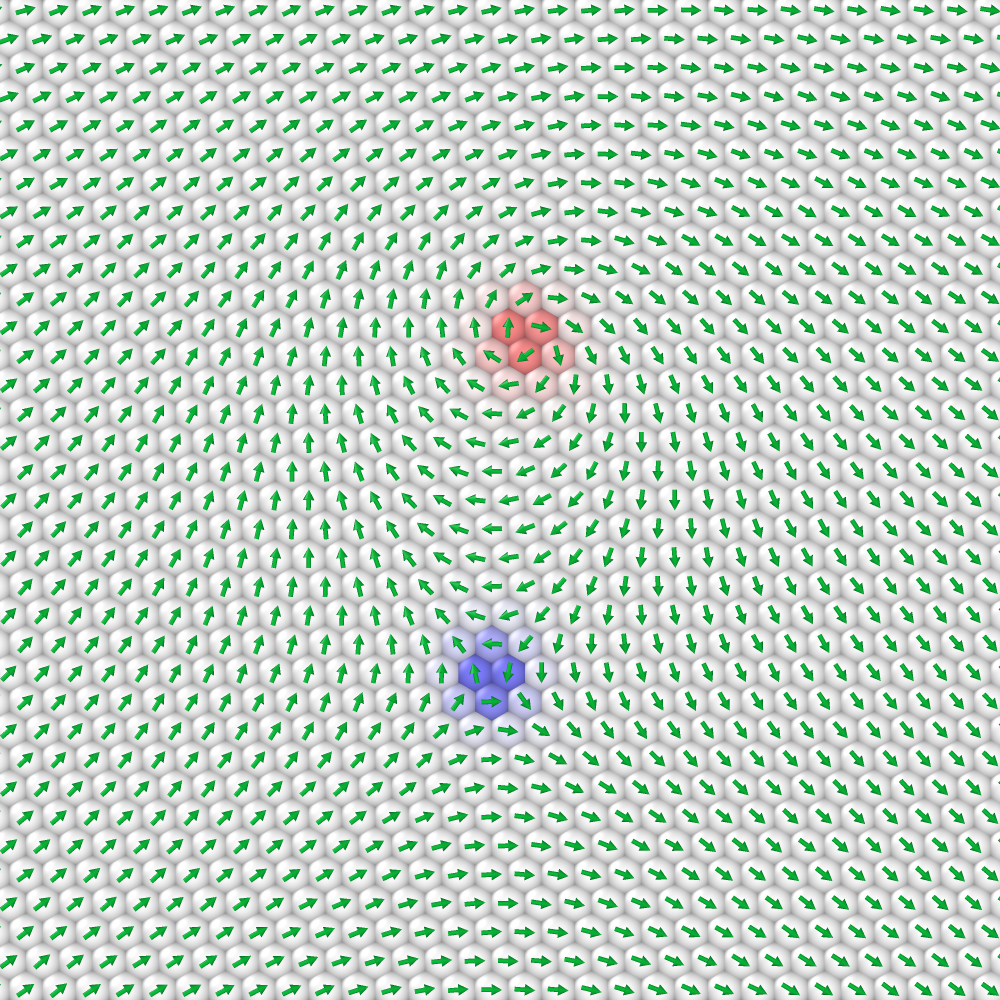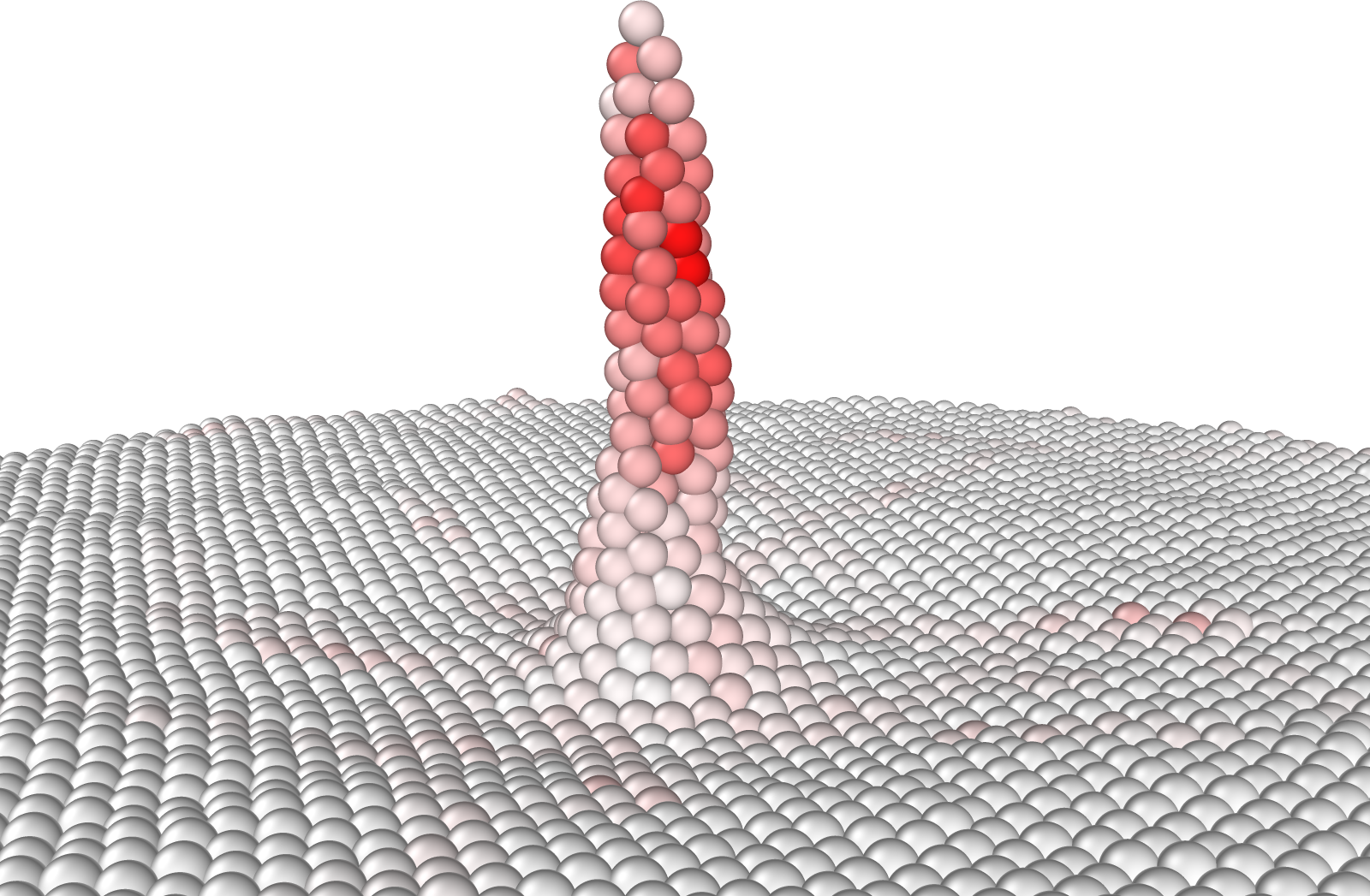
Fig 1: Topological defect density in an evolving polarity field.

Fig 2: Tubulogenesis due to an imprinted polar vortex.
Cellular rearrangements, as primary sources of tissue fluidisation, facilitate topological transitions during tissue morphogenesis. We study the role of intrinsic cell properties such as cell polarity and cell-cell adhesion in shaping epithelial tissues using a minimal model of interacting polarized cells. The presence of a vortex in the cell polarization poses the topological constraint that induces an inwards migration with the formation of a conical shape. Local rearrangements at the tip of the cone lead to the onset of tube formation. Switching between collective migration and structural rearrangements is key for balancing the contrasting tendencies, such as the tissue rigidity needed to preserve shape and the tissue fluidity allowing for topological transitions during tissue morphogenesis.
To read the article, please visit:
URL: https://link.aps.org/doi/10.1103/PhysRevResearch.6.023315
DOI: 10.1103/PhysRevResearch.6.023315
